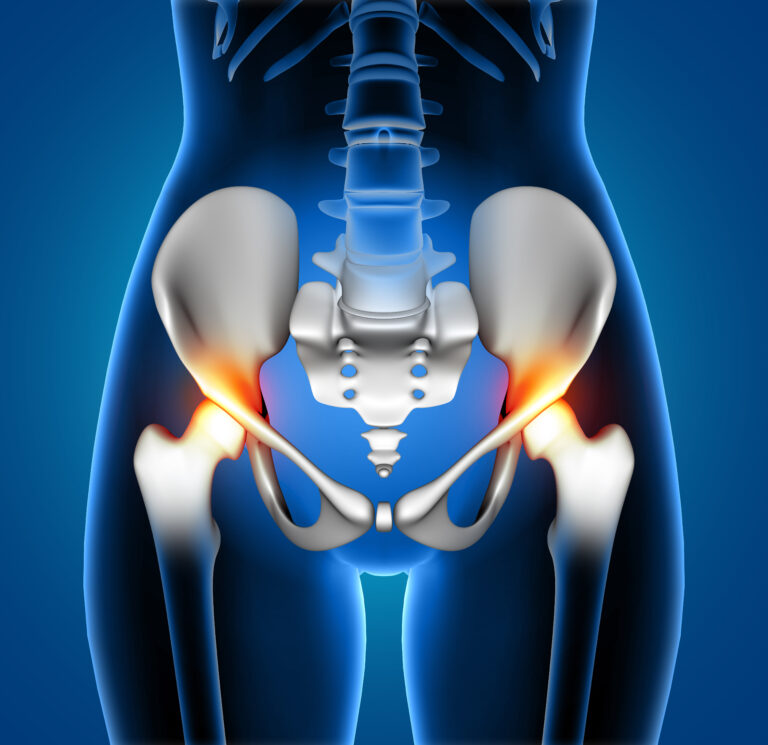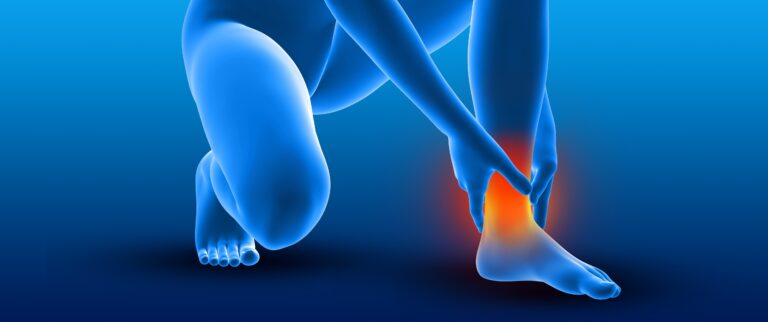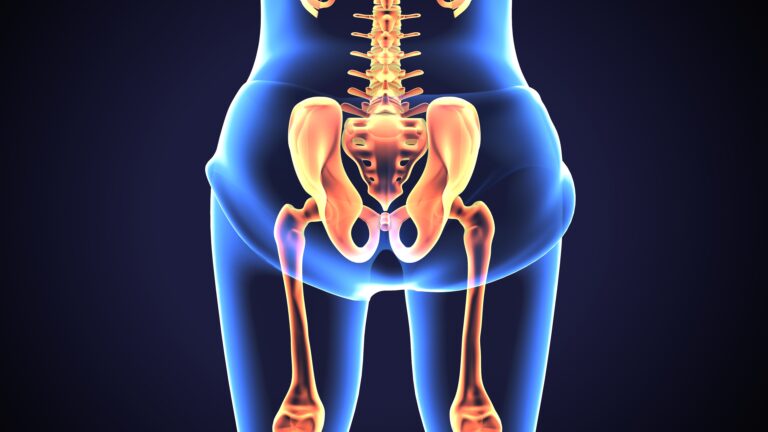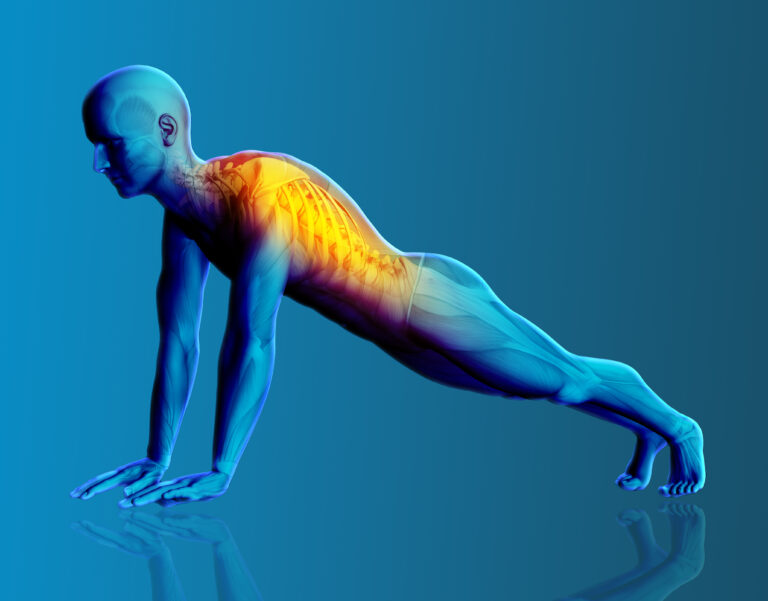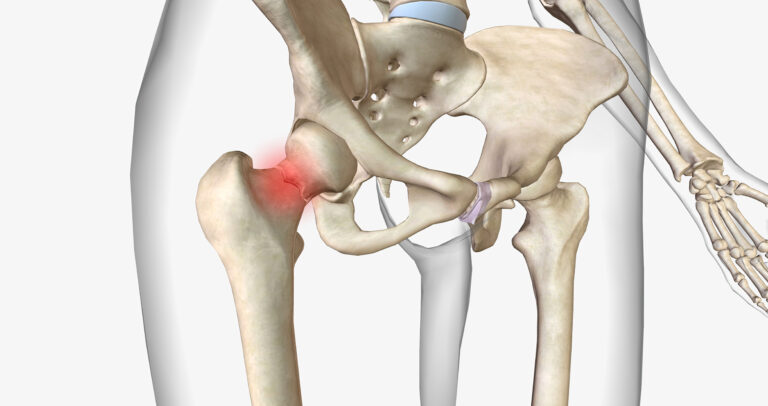
Osteoporosis is a condition that weakens bones, making them fragile and more prone to fractures. It is particularly common among women, especially after menopause due to hormonal changes that affect bone density. Understanding the risks of osteoporosis and how to manage it can help protect your joint health and maintain mobility. Hormonal Changes: Estrogen plays a crucial role in maintaining bone density. After menopause, women experience a significant drop in estrogen levels, leading to faster bone loss. This puts women at a higher risk of developing osteoporosis compared to men. Bone Density: Women naturally have lower bone density than men, and this decline accelerates after menopause. If not managed properly, this can result in fragile bones that break easily, particularly in the hips, spine, and wrists. Age: The risk of osteoporosis increases with age, particularly for women over 50. Bone loss accelerates rapidly after menopause, making it essential to monitor bone health as women age. Family History: A family history of osteoporosis increases the likelihood of developing the condition. Women with a genetic predisposition should take extra precautions to maintain bone strength. Lifestyle Factors: A sedentary lifestyle, poor diet, smoking, and excessive alcohol consumption can all contribute to faster bone loss in women. A lack of weight-bearing exercises also leads to weaker bones and joints. Calcium and Vitamin D: Calcium and vitamin D are crucial for maintaining strong bones. Women should aim for 1,000-1,200 mg of calcium and 600-800 IU of vitamin D daily. Dairy products, fortified foods, and sunlight exposure are excellent sources of these nutrients. Weight-Bearing Exercises: Activities like walking, jogging, and strength training help build bone density and strengthen the muscles around joints. Weight-bearing exercises put stress on the bones, encouraging them to stay strong and dense. Bone Density Testing: Women over 50 should undergo regular bone density tests to monitor their bone health. Early detection of osteoporosis allows for timely intervention and treatment. Medications: In some cases, doctors may prescribe medications like bisphosphonates to slow down bone loss and increase bone density. Hormone replacement therapy (HRT)Osteoporosis and Women’s Joint Health: A Guide to Prevention and Management
Why Osteoporosis Affects Women More
Risk Factors for Osteoporosis in Women
How to Strengthen Bones and Protect Joints
Managing Osteoporosis After Diagnosis
Disclaimer:
The information provided is for educational purposes only and should not replace professional medical advice. Always consult with a healthcare provider for an accurate diagnosis and personalized treatment plan to address osteoporosis and joint health. The risks and prevention strategies may vary based on individual health conditions and lifestyle factors. This content aims to raise awareness about the link between osteoporosis and joint health in women and offer general guidance on strengthening bones for better mobility. Results and treatment outcomes can differ, and professional advice is essential for maintaining bone and joint health

